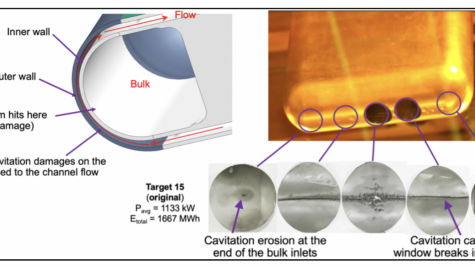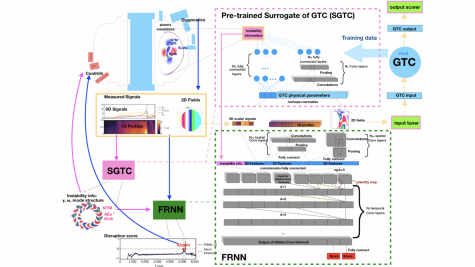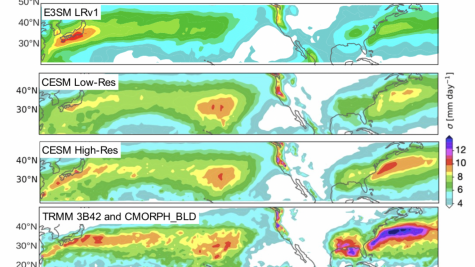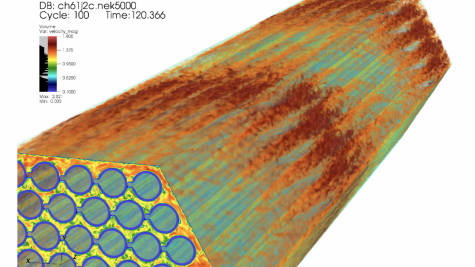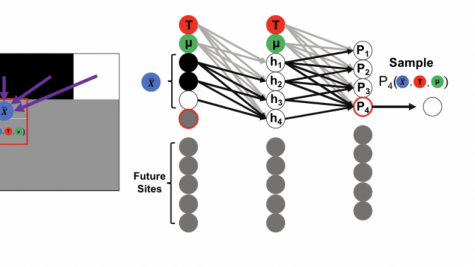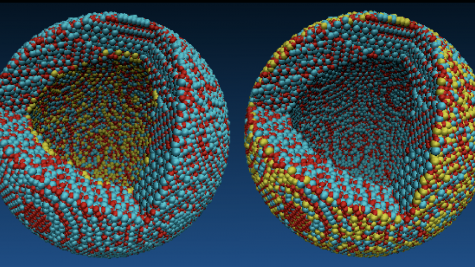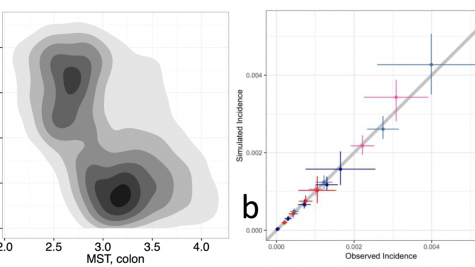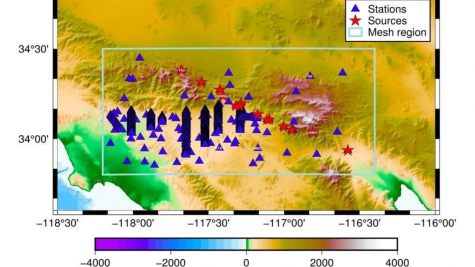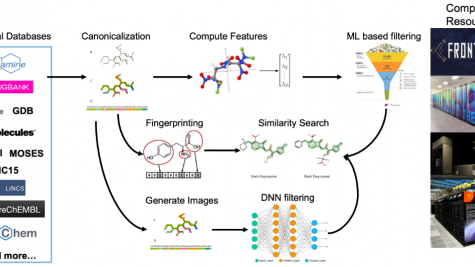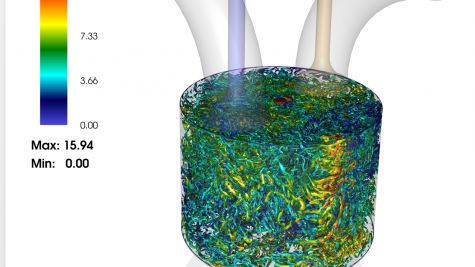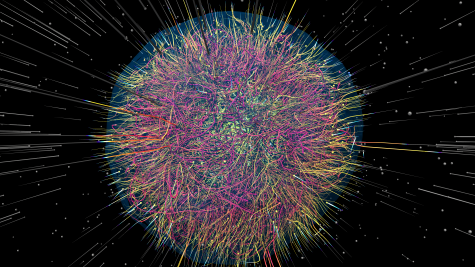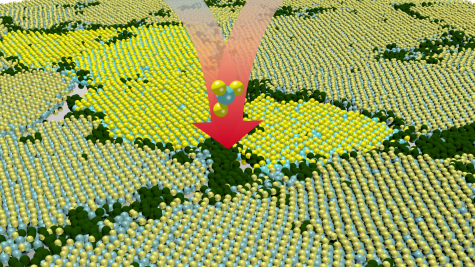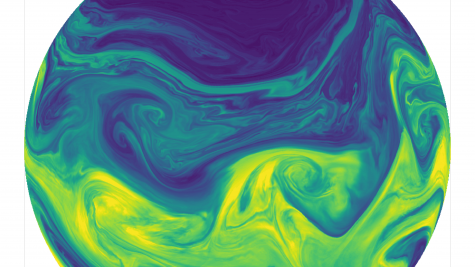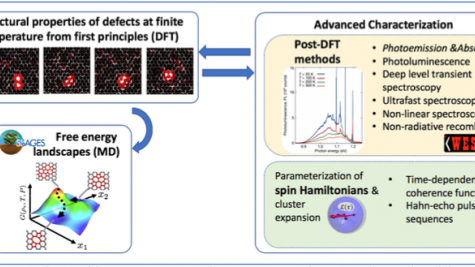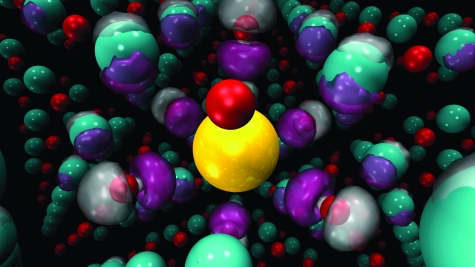ALCF projects cover many scientific disciplines, ranging from biology and physics to materials science and energy technologies. Filter ongoing and past projects by allocation program, scientific domain, and year.
Cavitation Dynamics in the Spallation Neutron Source Target
The objective of this research is to simulate the collapse of individual gas bubbles in channel flow, in order to understand the role of confinement and shear on the bubble dynamics and resulting shock waves and to connect these phenomena to cavitation damage.
AI/Deep Learning Prediction & Real-Time Control for Fusion Energy Systems
The research goals of this project is to develop realistic predictive plasma models of disruptions that are integrated within a modern plasma control system. This novel integrated modeling tool would ideally lead to a mature AI-enabled comprehensive control system for ITER and future reactors that feature integration with full pilot-plant system models.
Advancing Multi-Year to Decadal Climate Prediction with High-Resolution E3SM and CESM
The research will address the DOE/BER mission by exploring underlying mechanisms of predictability and quantifying interactions of climate processes in how they affect US extremes and understand the current and future impacts of these phenomena on regional and global climate.
High-Fidelity CFD Simulations Supporting the Needs of Industry and the DOE
This research will provide support in creating the next-generation of nuclear power reactor design tools needed by industry and regulators to enable the deployment of advanced nuclear power. The data generated from these simulations will then be analyzed using both traditional and machine-learning methods to inform fast-running design tools that can be used directly by the industry.
Inverse Design of Multicomponent Oxide Catalysts with Generative Models and DFT
Combining machine learning and atomistic simulations through active learning, this project will explore and rank a very large composition space of multicomponent oxides according to their stability and activity. The predictions of these models will then be validated in the lab and scaled up through collaborations with academics and industry.
Multimodal Imaging with Intense X-ray Pulses
This project will examine multimodal atomic imaging approaches enabled by the most intense femtosecond and attosecond XFEL pulses. The results from these simulations will provide predictions and new concepts to guide multimodal measurements using XFEL, and at the same time, maximize use of limited LCLS-II resources.
Probabilistic Comparative Modeling of Colorectal Cancer Screening Strategies
The goal of this project is to use a comparative framework that includes three state-of-the-art colorectal cancer models. Funded under the National Cancer Institute’s (NCI) Cancer Intervention and Surveillance Modeling Network (CISNET) program, these colorectal cancer models were independently developed for the evaluation of interventions, with emphasis on screening, and describe colorectal cancer natural history using different underlying assumptions.
Ab-initio Nuclear Structure and Nuclear Reactions
This project will employ advanced ab initio quantum many-body techniques coupled with applied mathematics and computer science methods to study a wide range of nuclei and to accurately describe the atomic nucleus from first principles.
Extreme-Scale Simulations for Advanced Seismic Ground Motion and Hazard Modeling
Researchers from the Southern California Earthquake Center (SCEC) are working to enhance their earthquake simulation and hazard mapping tools to provide the best possible information in terms of earthquake ground motion and seismic hazard.
COMPBIO: COMbining deep-learning with Physics-Based affinIty estimatiOn
This project consists of developing and implementing a novel in silico drug design method coupling ML and physics-based methods.
Predicting Ion Transport Kinetics at Complex Interfaces for Energy Storage
Focusing on ceramic solid-state battery electrolytes and metal hydride hydrogen storage materials, this project integrates three sets of simulation capabilities to predict ion transport kinetics at interfaces.
DNS and LES of Internal Combustion Engines to Understand Origins of CCV
This project establishes a progressive hierarchy of detailed simulation campaigns of internal combustion engines that will enable scientific discovery and development of predictive models for cycle-to-cycle variability.
Design of Peptides and Proteins on Classical and Quantum Computing Hardware
This project aims to improve the accuracy and decrease the computational cost of computational methods for designing peptides and proteins for medical and manufacturing applications.
High-Speed Turbulence with Shocks over Non-Adiabatic and Flexible Walls
This project investigates how supersonic wall-bounded turbulent flows are affected by the thermal wall boundary condition and how they interact with flexible walls.
Towards a Definitive Model of Core-Collapse Supernova Explosions
This project uses state-of-the-art radiation-hydrodynamics simulations to explore the full physics of supernova explosions.
Ultrafast Control of Functional Materials
This project aims to achieve ultrafast control of functional materials via confluence of leadership-scale quantum dynamics simulations, machine learning (ML) and cutting-edge x-ray free- electron laser (XFEL) experiments.
Energy Exascale Earth System Model
This INCITE project supports the Energy Exascale Earth System Model (E3SM) model, a multi-laboratory project developing a leading-edge climate and Earth system designed to address DOE mission needs.
First-Principles Simulation of Electronic Stopping Excitation and Beyond
This project is intended to advance the researchers' first-principles approach, based on real-time time-dependent density functional theory, so as to study electronic stopping processes of complex systems for which going beyond typical-linear response theory formalism is necessary.
Large-Scale Simulations of Light-Activated Matter
Using large-scale simulations based on quantum mechanics, this project tackles two classes of problems: designing (i) sustainable materials to efficiently capture and convert solar energy, and (ii) materials to build novel, optically addressable quantum platforms, including quantum sensors.
Towards Predictive Simulations of Functional and Quantum Materials
The goal of this project is the prediction and understanding of quantum-mechanical properties of materials that display novel properties including novel quantum phases.
